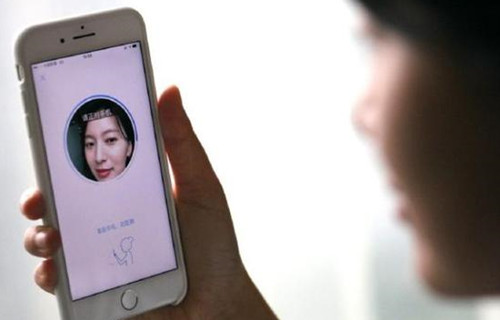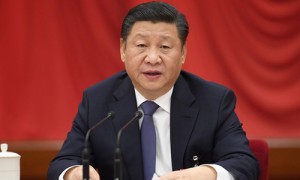支付宝的数据显示:今年天猫双11,通过生物信息完成支付的占比高达60.3%,创造了新的记录。相当于每10笔支付就有6笔是通过指纹、人脸等完成。

As high as 60.3 percent of payments made via Alibaba’s T-mall and Taobao during the recent Singles’ Day shopping frenzy were verified by users scanning their fingerprints or faces instead of entering passwords, according to the e-commerce giant.
今年双11购物狂欢中,阿里巴巴旗下天猫和淘宝有高达60.3的订单是通过指纹、人脸等完成支付,而不是用密码支付,据阿里巴巴统计数据。
Bio-payments are gradually replacing passwords to become the primary means of payment in future, Kankan News reported.
据《看看新闻》报道,生物支付正逐渐取代密码成为未来主要的支付方式。
Hu Xi, CTO of Ant Finance, which operates the Alipay electronic payment platform used in T-mal and Taobao, said they have explored bio-payment tech as early as 2012, and have pioneered the use of fingerprint authentication in payment during the 2015 Singles’ Day shopping spree.
天猫和淘宝支付平台运营方蚂蚁金服的首席技术官胡喜表示,他们早在2012年就开始探索生物支付技术,并在2015年双十一购物狂欢节期间率先使用指纹认证技术。
Entering a password needs averagely three seconds, while scanning a fingerprint only takes one second, meeting the demands of users who rush for lightening deals, according to Hu.
胡喜说,输入6位密码平均需要3秒,而指纹支付则只需1秒,满足了那些抢购折扣商品的用户的需求。
In 2015, Alibaba founder Jack Ma debuted face-recognition payment tech at the CeBit conference in Hannover, Germany, subsequently affecting both online and off-line shopping, Hu said.
2015年,阿里巴巴创始人马云在德国汉诺威举行的CeBit大会上首次展示了人脸识别支付技术,随后对线上和线下购物都产生了影响。
Then in 2017, Ant Finance rolled out the world’s first commercial application of its ‘Smile to Pay’ facial recognition system at a KFC outlet in Hangzhou.
2017年,蚂蚁金服在杭州一家肯德基门店推出了全球首个“笑脸支付”面部识别系统的商业应用。
Bio-payment is favored by seniors, as the data showed a 20-percent-increase of usage among this group in 2018.
生物支付受到老年人的青睐,数据显示,在2018年,这一群体的使用量增加了20%。







